The secrets of food photography
Author Name : Rhythm Sharma | Date : 14-06-2023
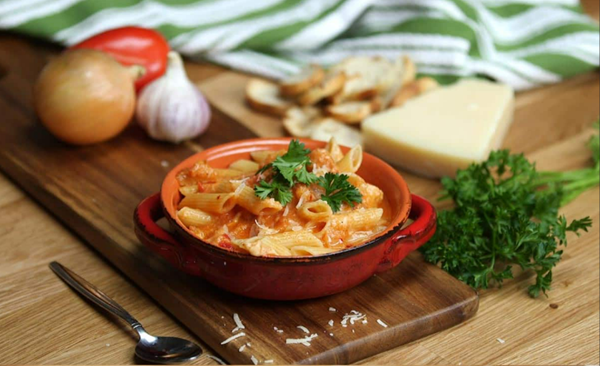
Our social media feeds are inundated with appetising photos of delectable foods luring us to try new flavours. Food photography has evolved into a distinct art form. The visual attractiveness of food plays a crucial part in luring and enticing hungry audiences across a variety of platforms, from publications and cookbooks to restaurant menus and internet food blogs. But how are such fascinating visuals produced? In this blog, we'll reveal the tricks of the trade for taking beautiful pictures of food and give you advice on how to do it.
Lighting is Key: One of the most important elements of food photography is lighting. An average dish can become an eye-catching beauty with the appropriate lighting arrangement. For food photography, natural light is frequently preferable as it highlights the food's true colours and textures. In order to minimise harsh highlights and generate soft shadows, look for diffused light by using a softbox or diffuser, or by shooting near a window.
Composition and Styling: In food photography, it's crucial to create an eye-catching composition. Take into account where the main dish will go as well as any accoutrements like cutlery, napkins, or ingredients. To produce a balanced composition, use the rule of thirds. Then, play around with different angles and viewpoints to get the most attractive picture. To give your photographs depth and visual intrigue, pay close attention to small details like garnishes, sauces, and drizzles.
Props and backgrounds: The appropriate backgrounds and props can significantly improve the overall appearance of your food photography. Choose props that go well with the dish's style and concept. To create a tidy and classic appearance, think about utilising rustic wooden boards, vibrant tablecloths, or plain white dinnerware. Try out several textures and materials to give your compositions more depth and variation.
- Food photography requires careful attention to food style. Here are some suggestions for improving the appearance of your dishes:
- Utilise fresh foods, and stay away from overcooking or wilting.
- Make sure the meal is clean and attractive by removing any unattractive flaws.
- Garnishes: Use garnishes like herbs, spices, or citrus slices to add splashes of colour and freshness.
- Texture: To emphasise the food's textures, drizzle sauces over it, sprinkle it with spices, or add crunchy ingredients.
- To create steam or condensation on cold plates, use a water spray bottle or cotton balls soaked in hot water.
Editing & Post-Processing: Post-processing may elevate your food photography to a new level. To perfect your photos, use photo editing software to change the exposure, colour balance, and sharpness. But be careful not to overdo it, as keeping the food's natural appearance is essential. Try out several editing techniques to find a look that appeals to your sense of style.
Tell a Story: Excellent food photography conveys more than just a dish's visual look. Think on the story you want your pictures to tell. Incorporating storytelling elements can give your images depth and make them more interesting, whether the subject is the act of cooking, the enjoyment of eating, or the cultural value of a meal.
Related Posts
-
2/6/2023 15:41
How Sports help mental health
-
5/6/2023 14:45
The Power of Play How to Make Exercise Fun Again
-
5/6/2023 20:04
Get Moving The Top 5 Workout Routines for Beginners
-
13/06/2023 15:46
5 Places for The Best Butter Chicken Delhi in 2023
-
13/06/2023 16:42
How fitness can help improve your mental health
-
14/06/2023 14:55
Decide what to call them: Housewife or Homemaker?
-
14/06/2023 16:01
Some Tips to Protect Makeup in this Humid Weather
-
14/06/2023 16:59
The secrets of food photography
-
27/06/2023 11:30:04
8 Best Healthy Breakfast Foods to Eat
-
27/06/2023 11:48:41
India has 14 of the top 20 polluted cities in the world
-
29/06/2023 12:00:22
How Vitamin B12 Deficiency Can Impact Energy Levels and Mood
-
29/06/2023 12:43:00
Navigating Heartbreak and Weight Loss with a Healthy Approach
-
29/06/2023 13:08:38
Reevaluating Blood Donation Policies for LGBTQ+ Individuals
-
29/06/2023 14:28:55
The Rising Tide of Type-2 Diabetes in India Youth
-
29/06/2023 14:31:06
Strengthening Cybersecurity in India Medical Sector
-
29/06/2023 17:20:21
How to manage the Stress Relieving trip in in 9-5 jobs
-
30/06/2023 11:18:59
Are Diet Sodas Sabotaging Your Weight Loss Goals
-
30/06/2023 12:02:24
"Beer and Kidney Stones A Bubbly Solution or a Brewing Controversy”
-
30/06/2023 13:01:45
Eggcellent and Healthy- Discover the Top 10 Egg Recipes for Weight Loss!
-
30/06/2023 13:01:50
Embrace Health and Happiness on Your Wedding Day
-
30/06/2023 13:04:05
Discovering the Ideal Weight for Men and Women
-
30/06/2023 13:16:35
Unleashing the Secrets to Burning 1000 Calories a Day
-
30/06/2023 13:19:37
Unveiling the Radiant Power of Sunscreen for Shielding Your Skin
-
30/06/2023 13:24:08
Unveiling the World of Non-Sugar Sweeteners
-
30/06/2023 13:26:59
Weight Loss and the Expert Verdict On The Protein Bar Dilemma
-
30/06/2023 13:35:56
Unveiling the Arthritis Diet Plan Chart for Optimal Joint Health
-
30/06/2023 14:38:25
The Truth About Targeted Weight Loss and the Path to Sustainable Fitness
-
30/06/2023 14:41:36
Thyroids Silent Influence on Weight Gain
-
30/06/2023 14:44:54
Top Budget-Friendly Fitness Bands of 2023
-
30/06/2023 14:47:17
Top Hair Transplant Clinics in Delhi and Jaipur
-
30/06/2023 15:14:02
Exploring the World of Smart Scales
-
30/06/2023 15:17:47
Exploring the Feasibility of a 1200 Calorie Indian Diet Plan
-
30/06/2023 15:24:15
Embracing Loose Skin as a Badge of Transformation
-
30/06/2023 15:26:07
Embracing a Fruit Diet for Weight Loss and Wellness
-
30/06/2023 15:38:23
Finding the Balance in Protein Consumption for Cardiovascular Health
-
30/06/2023 15:45:27
Foods and Exercises for Sleek and Strong Arms
-
30/06/2023 15:53:53
Indulge in India's Best Under 300-Calorie Delights for Weight Loss
-
30/06/2023 16:09:06
Nurturing the New Moms Journey Back to Shape
-
30/06/2023 16:11:56
Navigating the Effects of Hypertension Drugs on Your Skin
-
30/06/2023 16:33:51
Protein Powder As A Double-Edged Sword of Muscle Growth and Controversy
-
30/06/2023 16:46:20
Nourishing Your Bones With Dairy-Free Calcium Delights
-
30/06/2023 16:52:04
Your Guide to the Best Ketogenic Foods




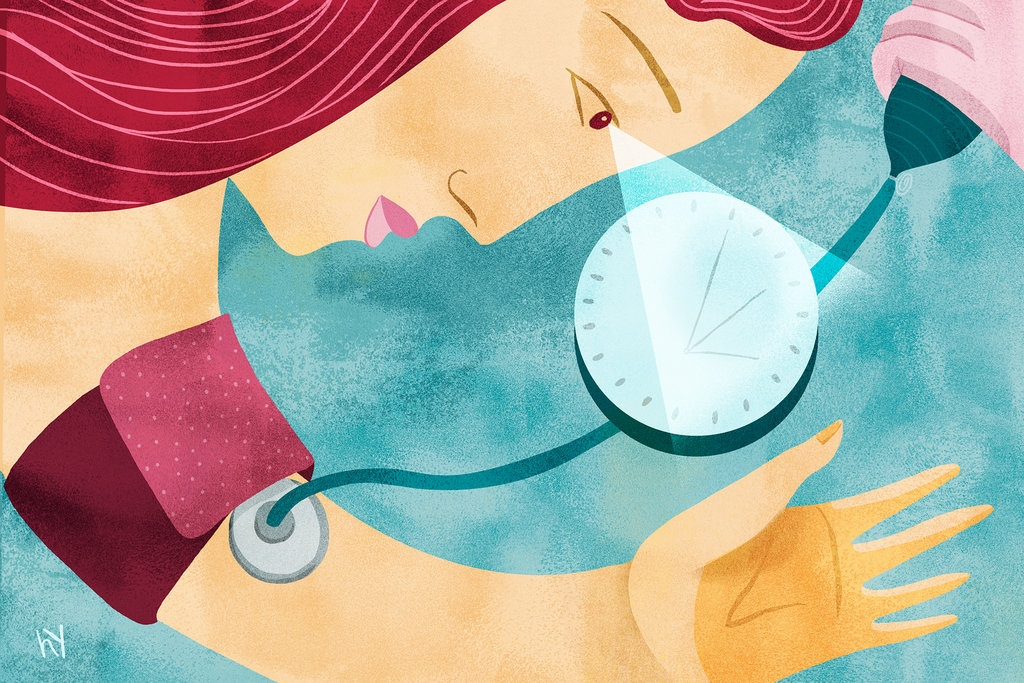





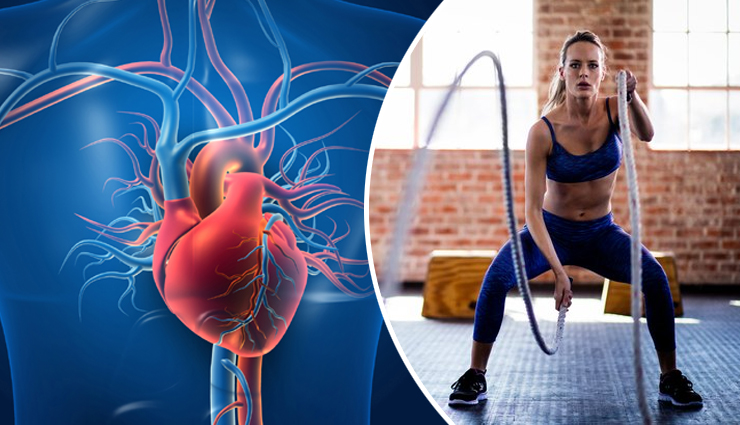


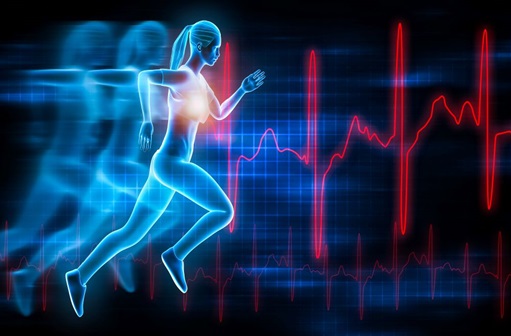

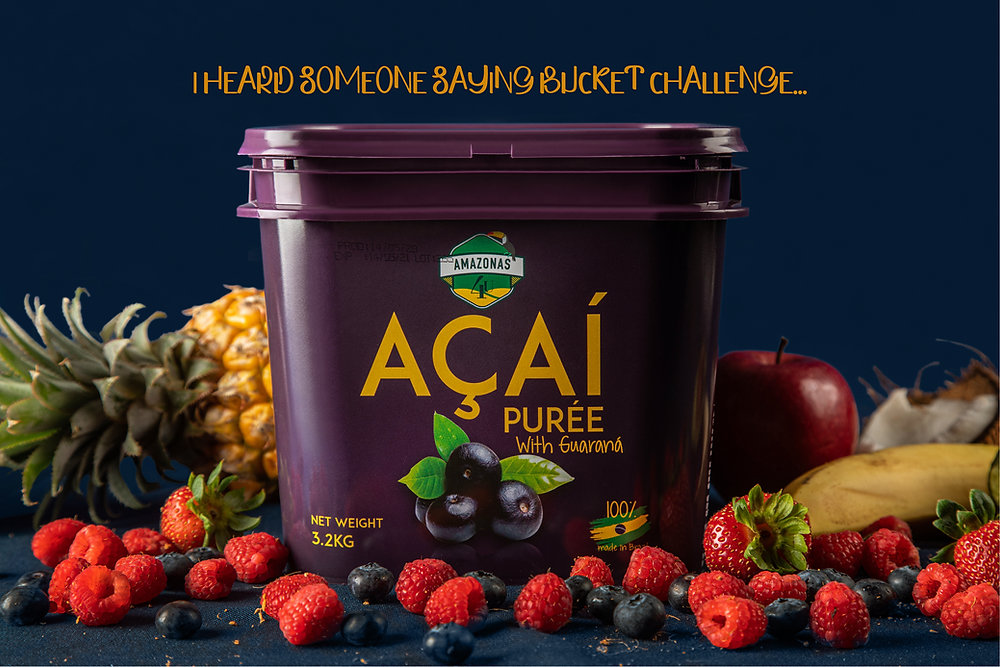




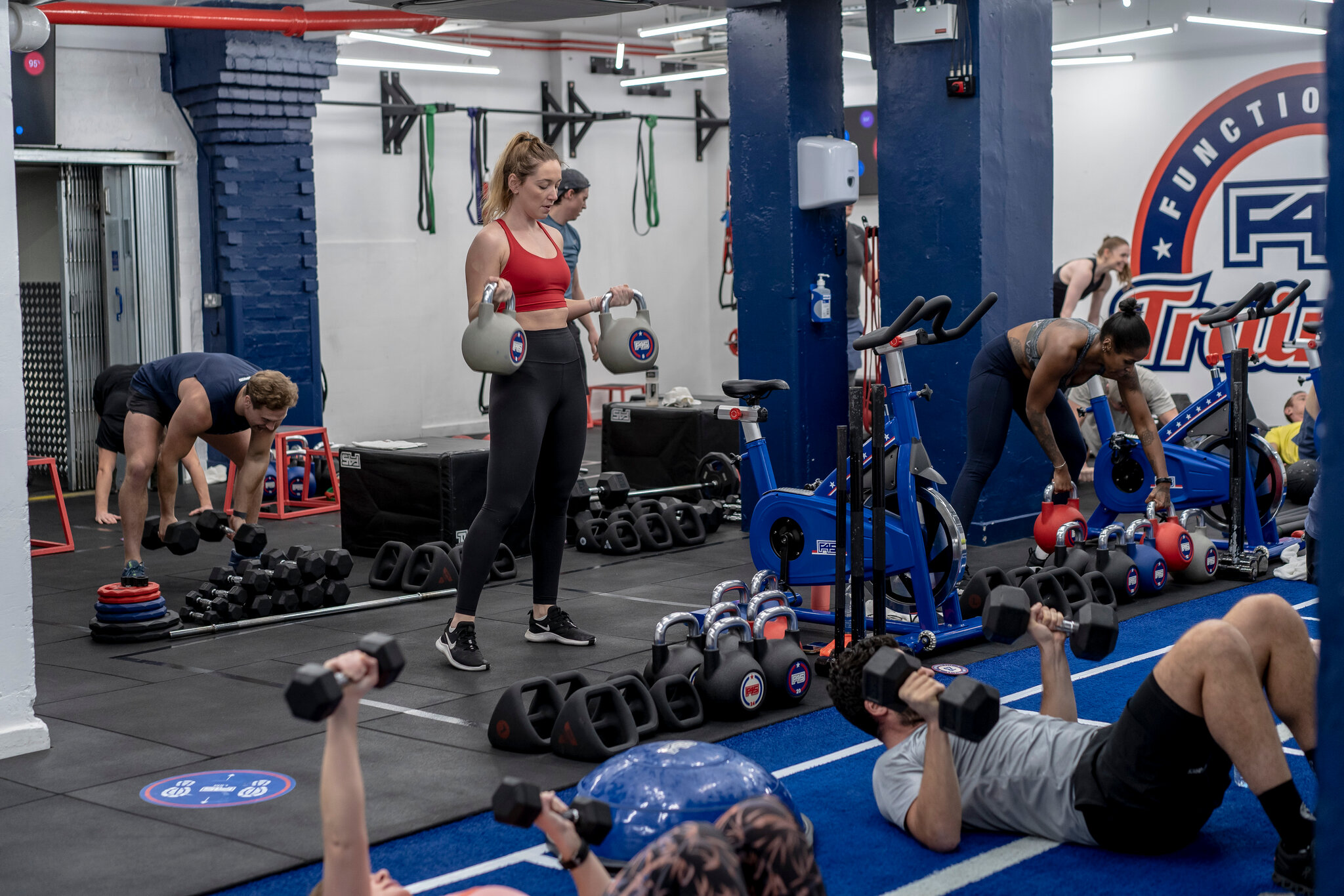
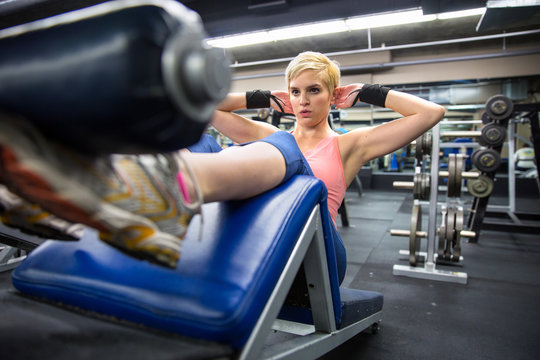




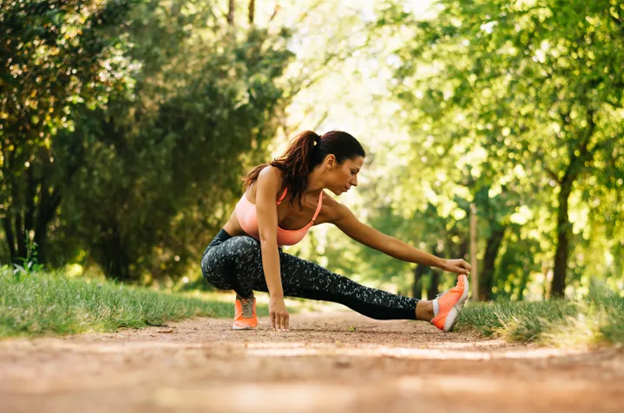
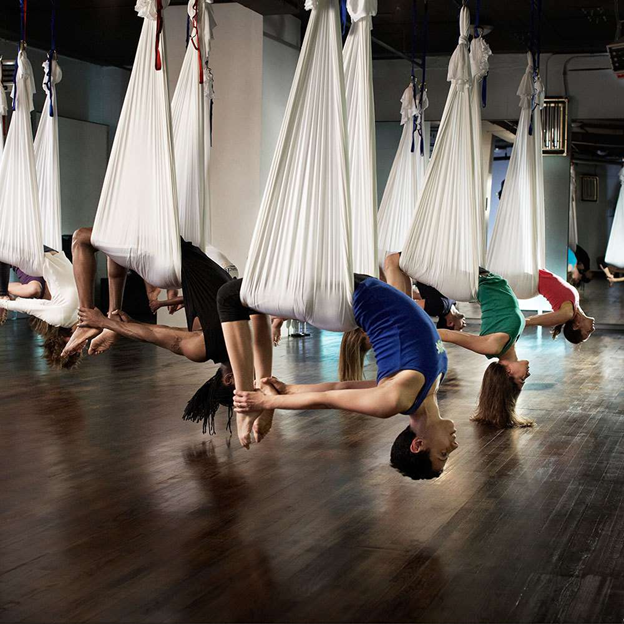
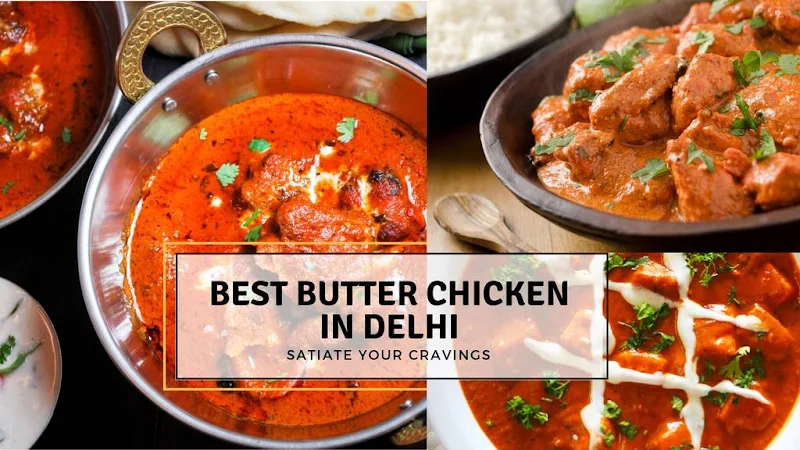


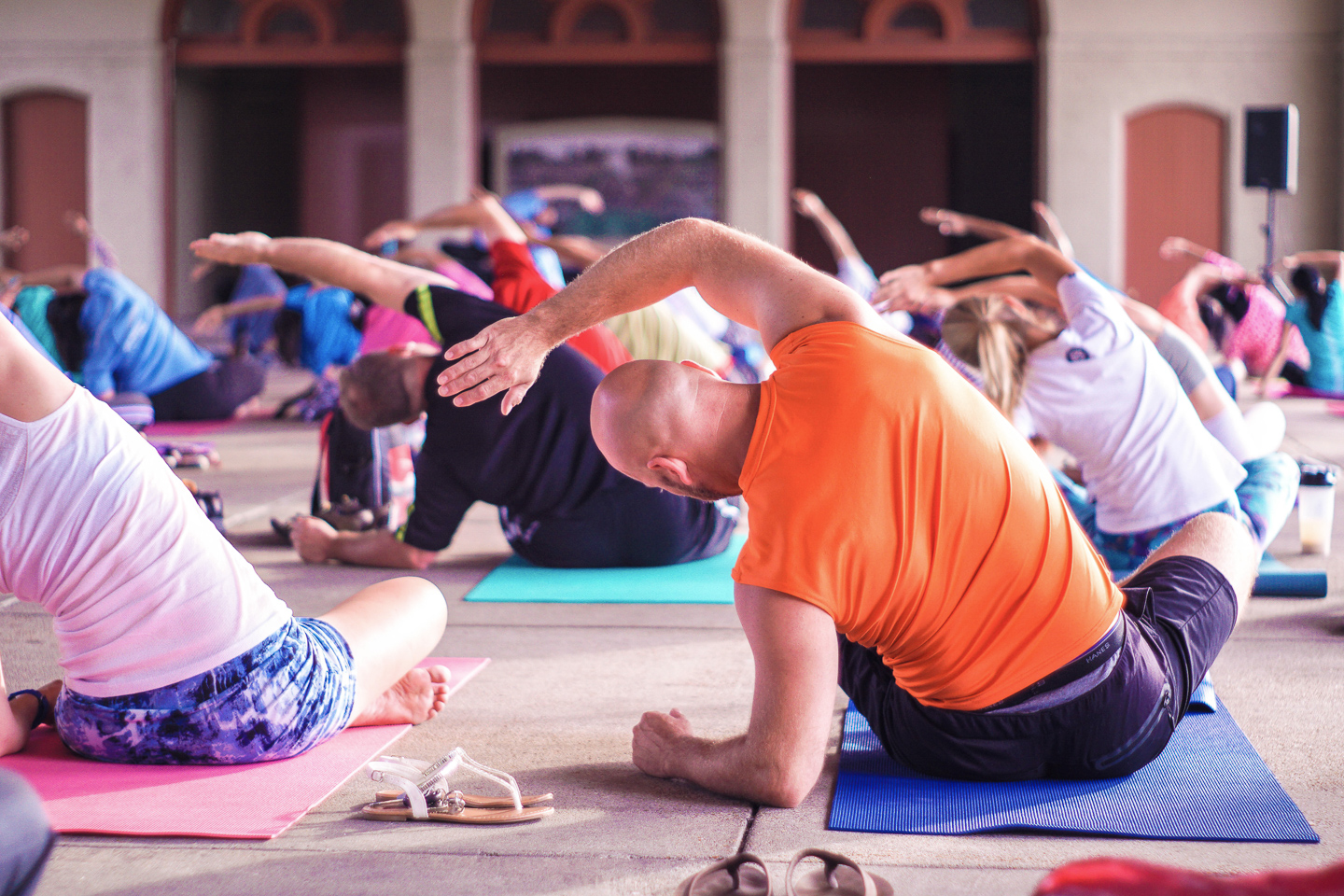
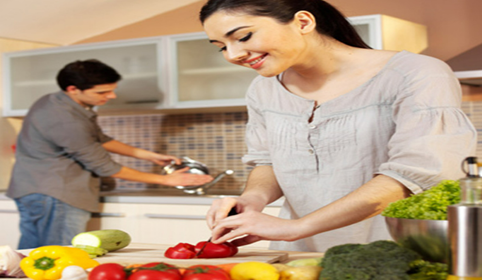






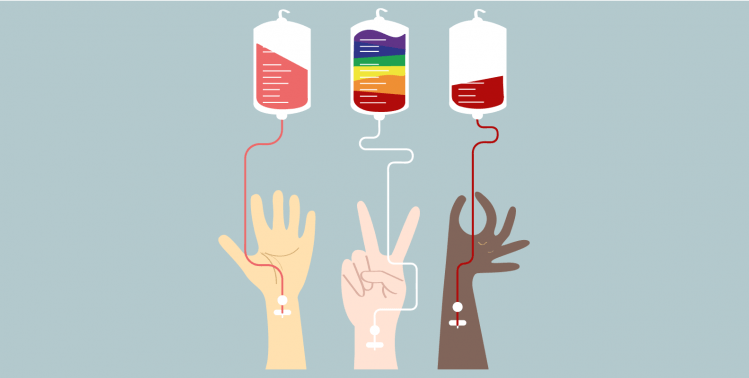



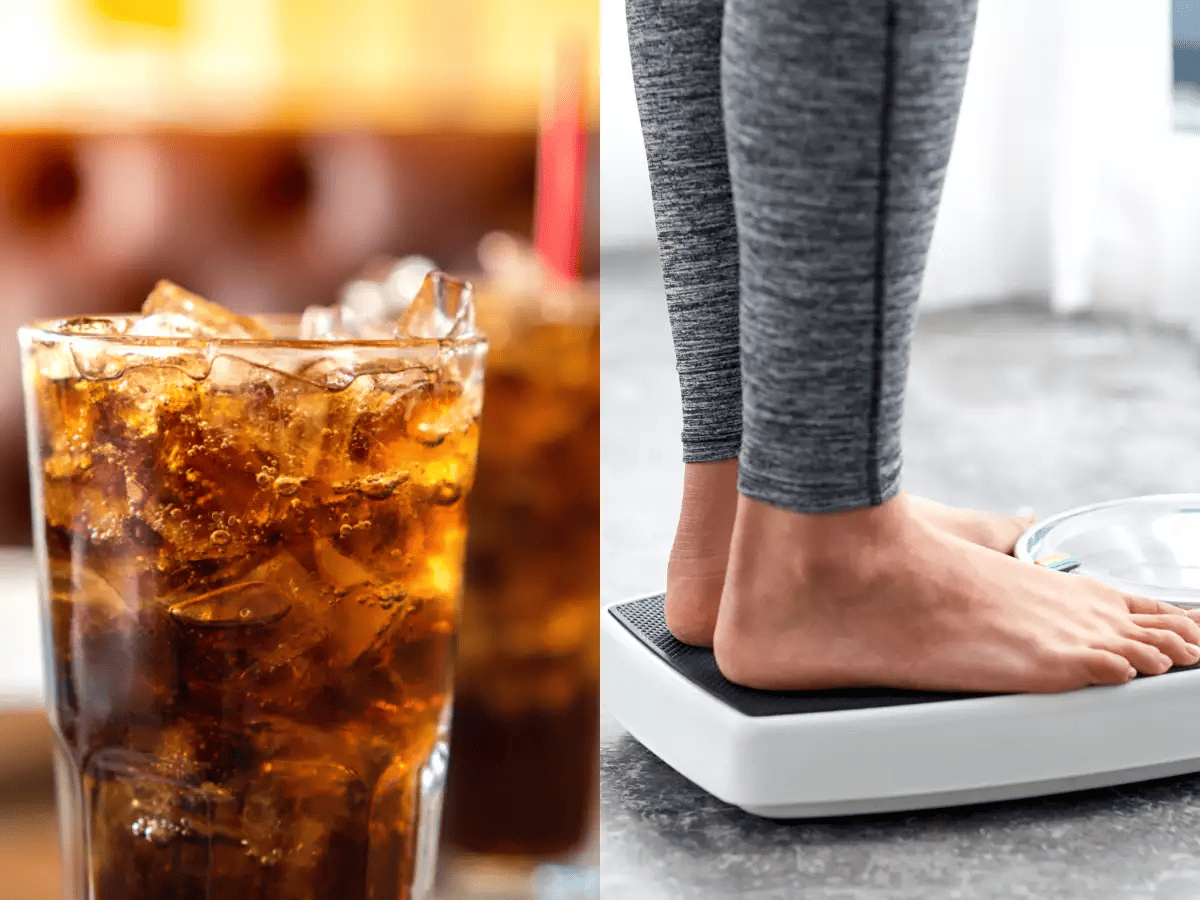









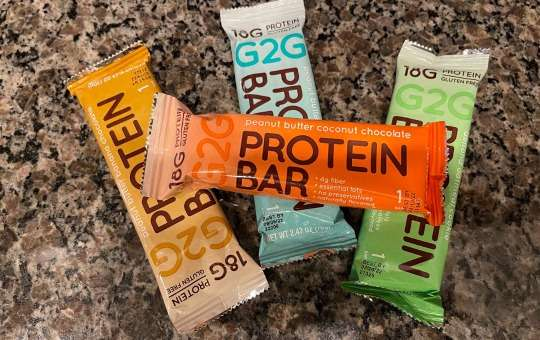





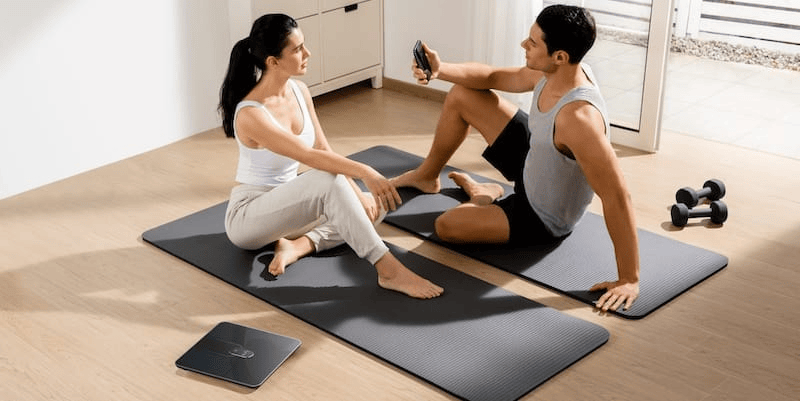





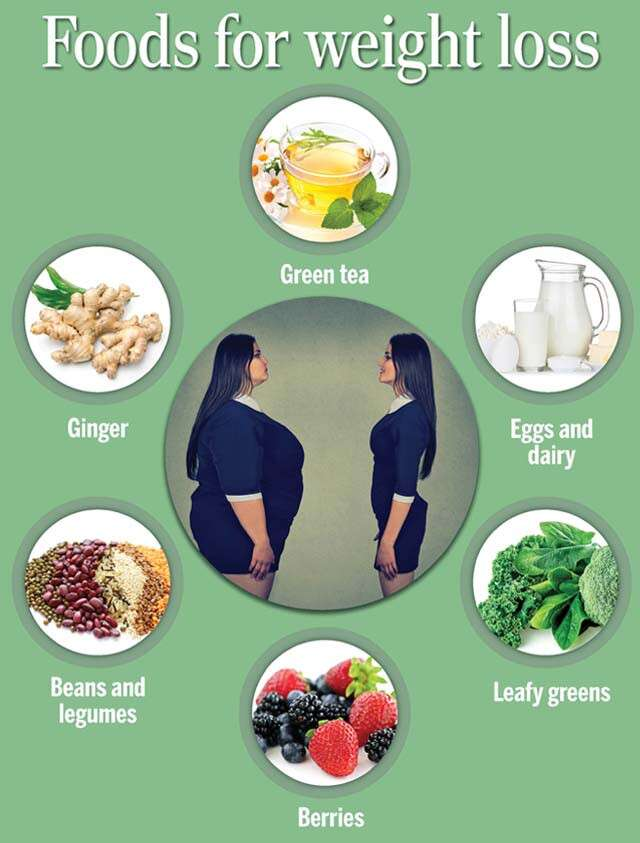

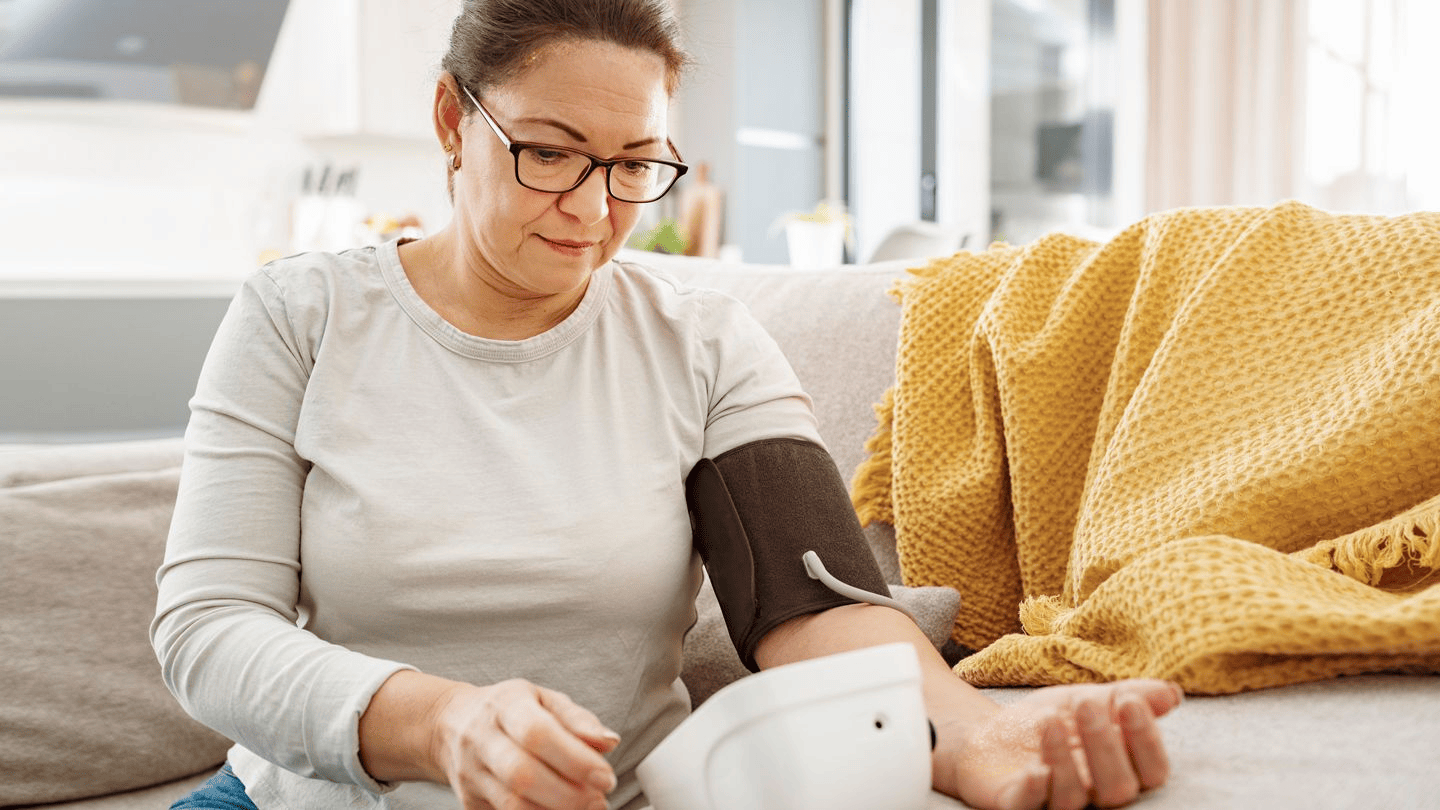

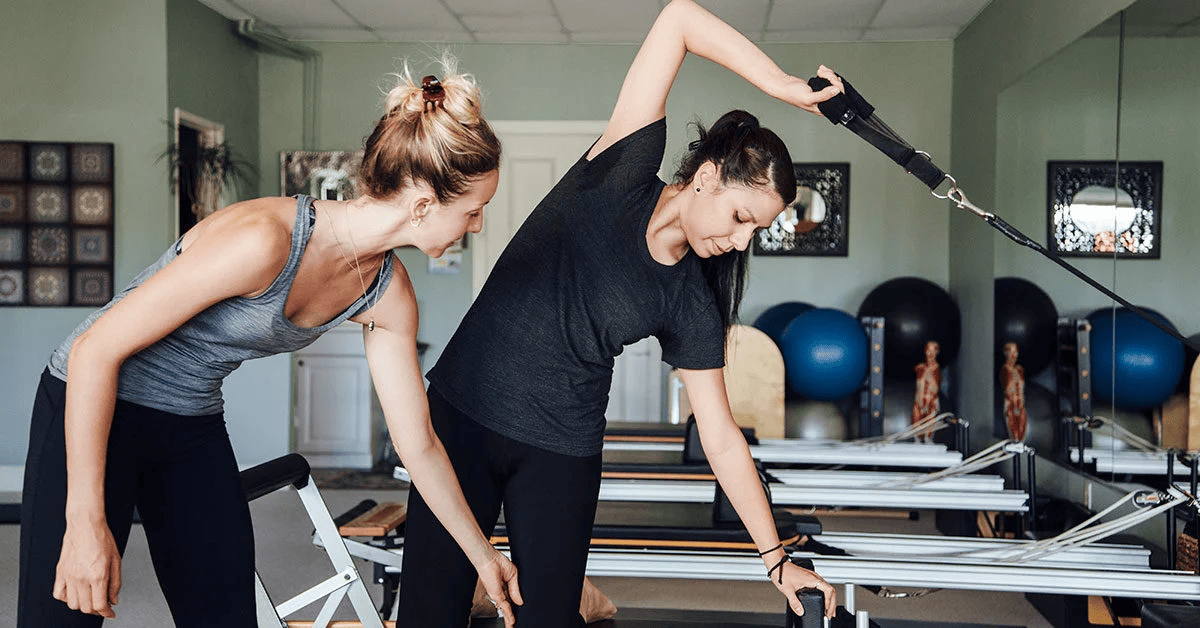


.png)
.png)





.png)


